A stunning Royal piece from the hand of Angus sculptor William Lamb is back on public display after the artist’s studio opened for the first time since the pandemic.
And volunteer Friends who stepped in to secure the future running of the studio Lamb left to his native Montrose say they hope to make up for lost time in celebrating the figure.
Lamb overcame the mental and physical impact of the First World War to create a remarkable body of work.
It led to him being considered by many as Scotland’s greatest sculptor.
One of his greatest fans was the Duchess of York, who commissioned Lamb to create a bronze of her then six-year-old daughter, Elizabeth.
So it is fitting that the beautiful piece is on show again in the young subject’s platinum anniversary year as the nation’s Queen.
Public works such as Bill the Smith and the Seafarer grace the streets of his home town.
But the studio and remarkable collection Lamb bequeathed to Montrose remain a little-known Angus gem.
Friends group keeping legacy alive
In 2018 the Friends of William Lamb struck a new agreement with Angus Council to open the studio to the public while the authority looked after the Market Street building.
Friends chairman Norman Atkinson said: “Sadly we only had little over a year of the new arrangement before Covid stopped everything in its tracks.
“But we now have everything in order and will be opening on Wednesday afternoons in August from 2-4pm.
“We’re really taking it one step at a time.
“There are plans for the future and opportunities to celebrate William Lamb alongside other figures like Violet Jacob and Hugh MacDiarmid.
“For now we just hope people might just take the opportunity to visit the studio.
“Montrose had an absolute genius in their midst but there are so many who have never seen his collection of work.”
Lamb found himself in Royal demand after the Duchess of York bought some of his watercolours, reputedly from a Brechin gallery near her childhood home of Glamis Castle.
The figure who became Queen, then Queen Mother, invited the Angus artist to London.
Norman said: “When she was in her 20s, the Duchess of York asked to an introduction to Lamb.
“She had several attempts at people doing a sculpture of young Elizabeth, but had never been happy with the results.”
But so impressive was the finished study that Lamb was given three further Royal commissions.
“He spent three months in Piccadilly and did a bronze of Elizabeth’s sister, Margaret Rose, then two of the Duchess of York.
“One remains in the Royal collection.
“He came back with some money in his pocket and it was enough to purchase the building where the studio is now.
“That was the first and only studio he owned.
“And the link remained strong because the Duchess of York visited unofficially on a number of occasions and had tea with Lamb.”
International renown
Lamb was born in Montrose in 1893 and trained as a stonemason.
He was invalided out of the Cameron Highlanders in 1917 after receiving injuries to his hand.
But despite significant nerve damage he taught himself to work with his good hand.
Norman added: “Between 1925 and 1950 he was an artist of international repute.
“It was that which brought him to the attention of the Royals, yet his work and the studio remain little known to so many.”
Lamb never married and suffered severe depression which led him into a solitary later life.
He died in 1951 at the age of 57.
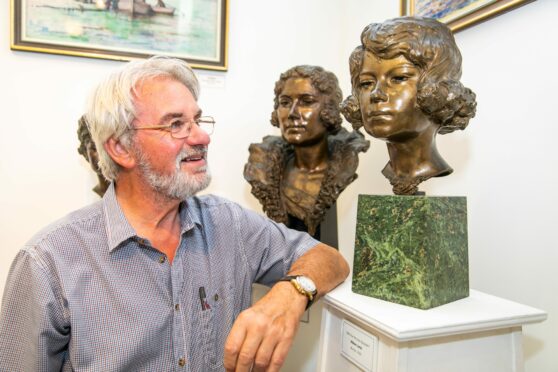
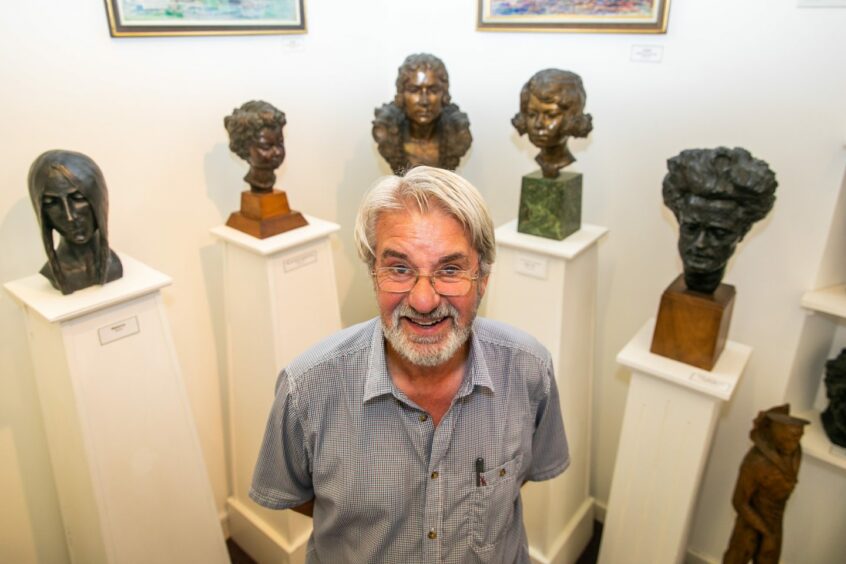
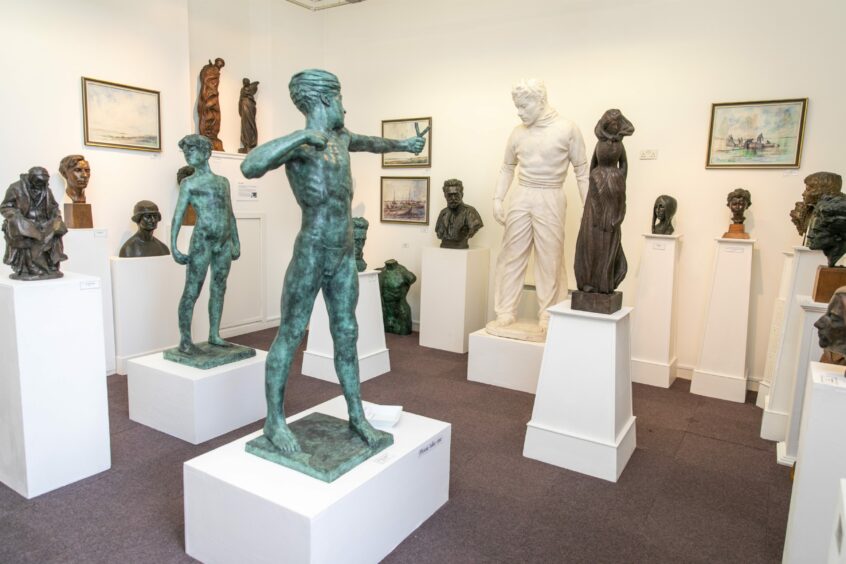
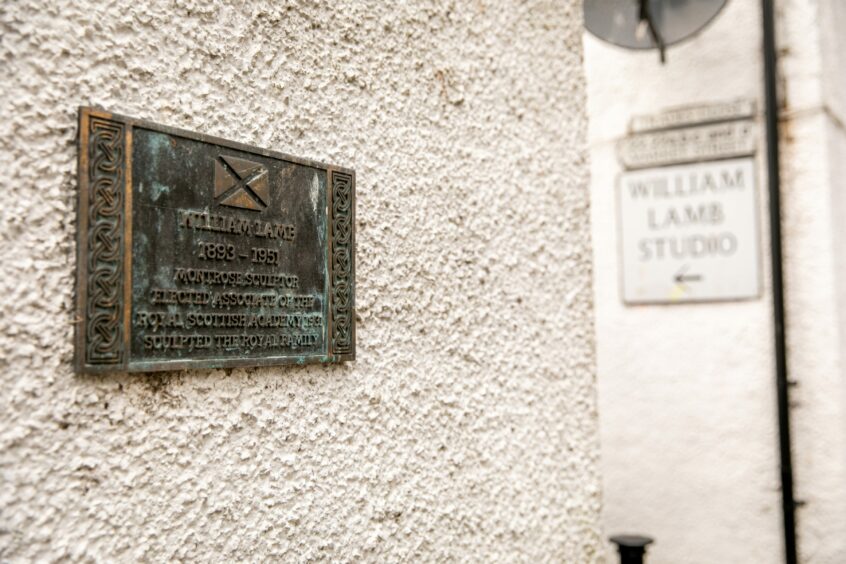
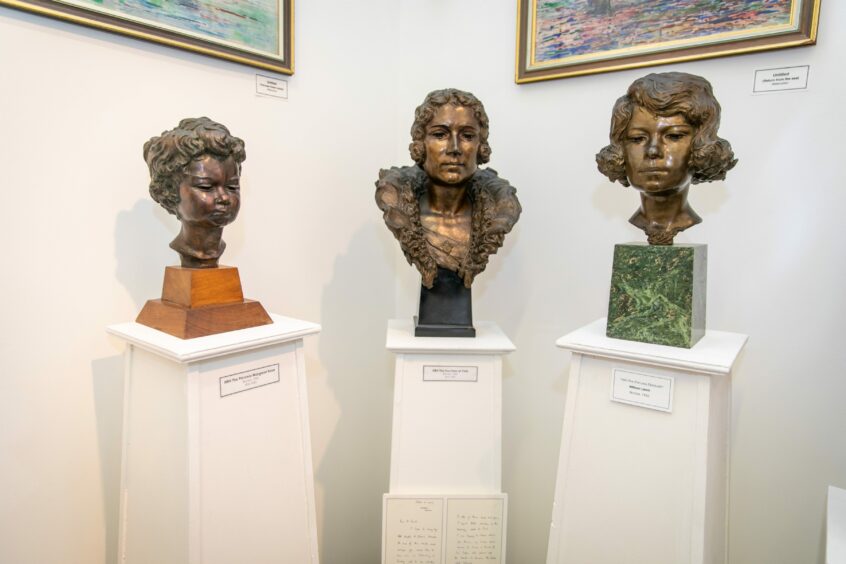
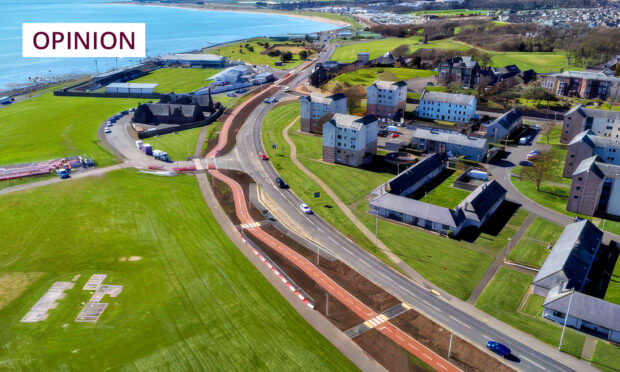



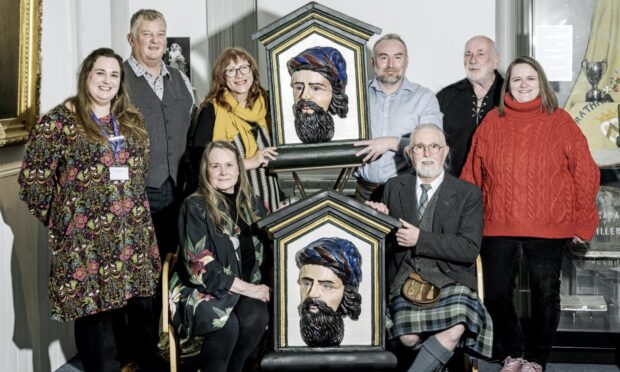


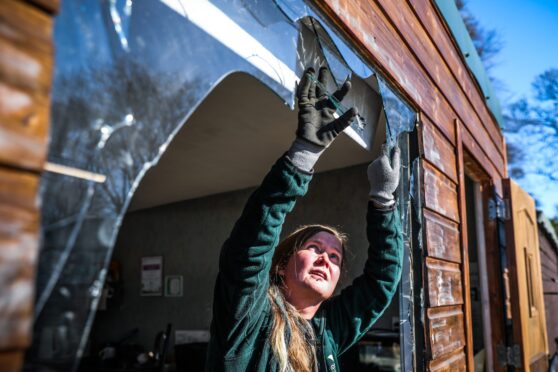
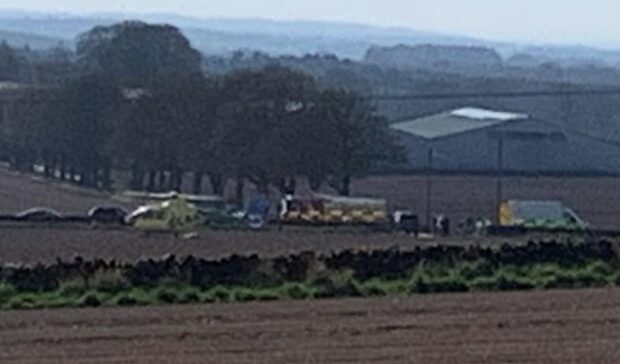

Conversation